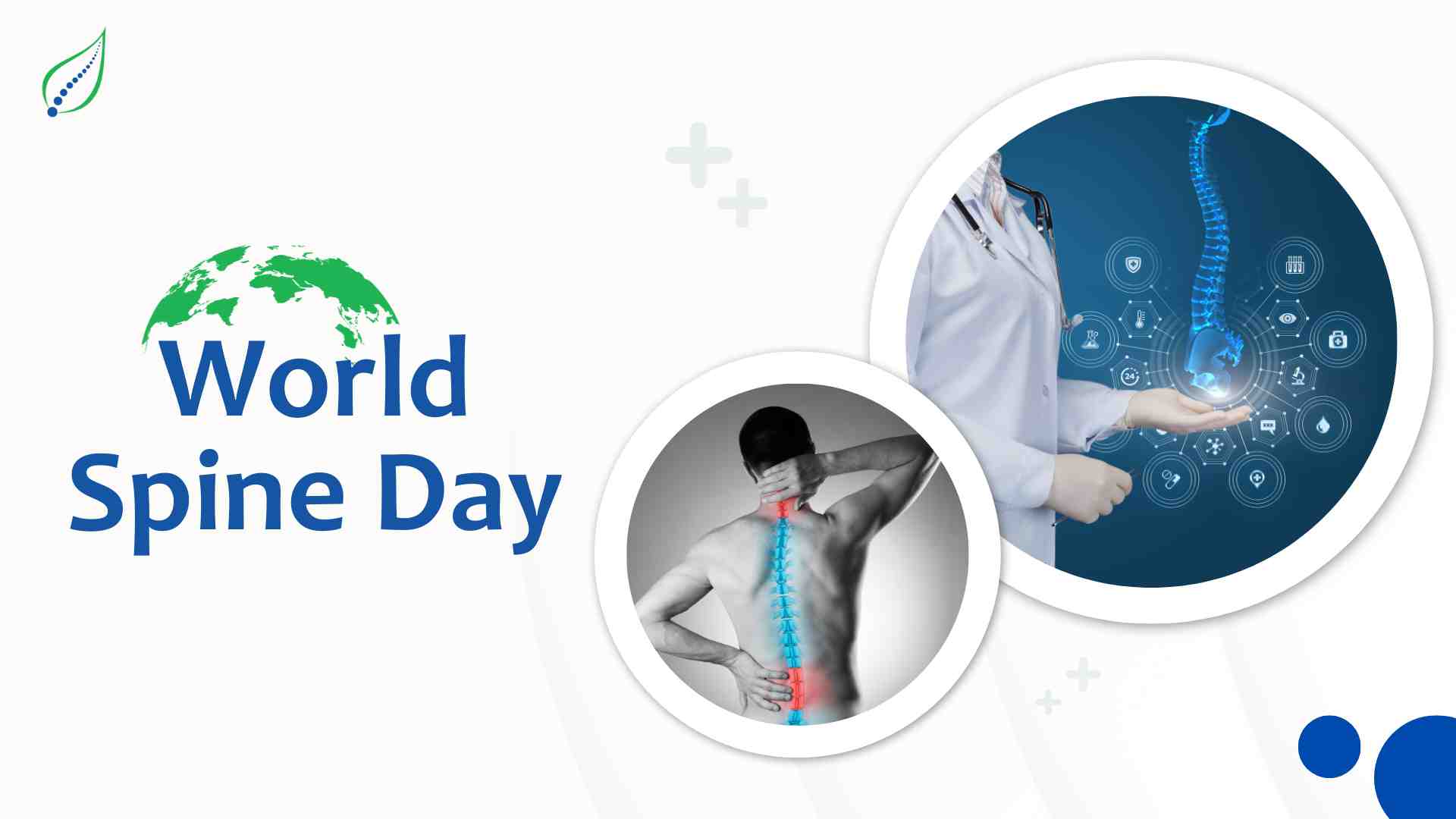Move Your Spine - World Spine Day
October 16th marks World Spine Day, a global campaign to raise awareness about spinal health and mobilise people into action. This year's theme is "Move Your Spine", encouraging physical activity and movement to care for our spines. With an estimated 1 billion people worldwide suffering from spinal pain, this day brings much-needed attention to improving spinal health across the globe.
Why Movement Matters for Spinal Health
Our spine forms the core of our body, providing structure and stability and allowing us to stand, bend, and twist. Like any body part, our spine requires care and movement to remain healthy. Regular physical activity keeps the muscles supporting the spine strong and flexible. Movement nourishes the spine's discs, keeping them supple. It also improves circulation, reduces stiffness, and prevents too much pressure on the vertebrae and nerve roots.
Exercise effectively alleviates and prevents common spinal troubles. The "Move Your Spine" campaign emphasises getting active to maintain a healthy back. Regular movement is key, whether it's practising yoga, going for walks, swimming, or strength training. This World Spine Day, commit to adding more activity to your routine to care for your spine.
Adapting Exercise for Different Needs
When starting an exercise regimen, it's important to consider your individual needs and current fitness level. Those with disabilities or pre-existing conditions may need to adapt to traditional exercises. Work closely with your healthcare provider to develop a safe, effective routine.
For those recovering from injuries, gentle activities like walking, water aerobics, or stretching help ease back into movement. Seek beginner classes focused on posture and alignment, like yoga, Pilates. Start slowly, focusing on quality over quantity when exercising.
If you have a chronic spinal condition, low-impact activities like swimming, cycling or elliptical workouts put less strain on the back. Investing in ergonomic equipment and supportive footwear also helps. Stay aware of posture and technique to avoid further aggravating problem areas.
Regardless of current ability, there are ways to add movement that feels good. Taking small, active breaks throughout the day can be enough to make a difference. The key is consistency. Be patient, listen to your body and gradually increase activity levels over time.
Making Movement a Habit At Any Age
Caring for our spine is a lifelong endeavour. From kids to seniors, people of all ages benefit from regular exercise. Childhood is an optimal time to develop healthy habits and build strong bones, muscle tone and motor skills through play and activity.
In adolescence, sports and other vigorous exercises promote continued strength and flexibility during growth spurts. As we age, low-impact activities become particularly important for maintaining mobility balance and preventing falls. Swimming, yoga and walking help seniors stay active without strain.
No matter your age, getting into an exercise routine requires commitment and planning. Integrate movement into your daily schedule. Join school sports, walk the dog, schedule gym sessions in your calendar, or take active family outings. Making movement social and fun is key. Over time, regular activity becomes part of your lifestyle.
Ergonomics For Spine-Friendly Daily Life
Our everyday environments and habits significantly impact spinal health. Poor ergonomics and improper biomechanics during routine activities can strain the back. Make small adjustments to reduce spinal stress:
- Sit tall with a lumbar support cushion when working at a desk. Position monitors at eye level to avoid hunching.
- Take standing or walking breaks every 40 minutes when sitting for long periods.
- Carry heavy bags close to the body and distribute weight evenly. Avoid overloaded purses and backpacks.
- Invest in supportive mattresses and pillows to optimise spinal alignment when sleeping.
- Maintain good posture when picking up objects. While lifting, keep the back straight and avoid twisting.
- Wear low heels when possible. High heels stress the spine.
Making our surroundings and habits "spine-smart" reduces cumulative damage and discomfort.
Lifestyle Factors For Lifelong Back Health
- Stay well-hydrated - Drink plenty of water daily to keep spinal discs healthy. Dehydration causes disc compression.
- Manage a healthy weight - Excess weight puts extra strain on the back. Dropping pounds takes the pressure off.
- Don't smoke -Smoking limits blood flow and oxygen delivery to spinal tissues, increasing disc degeneration.
- Supportive footwear - Shoes with arch support, cushioned soles, and the proper fit help distribute the body's weight.
- Practice good posture - Keep the ears, shoulders and hips aligned when sitting and standing to avoid back strain.
- Manage stress - High stress perpetuates chronic back and neck pain. Relaxation helps reduce muscle tension.
- Get adequate sleep - Sleeping rejuvenates the spine. Aim for 7-9 hours per night on a supportive mattress.
Our daily habits and lifestyle choices impact the health of our spines. Making small, sustainable changes protects the back for the long term.
Get Moving This World Spine Day!
This World Spine Day, take action to improve your spinal health through movement. Find activities you enjoy and make physical activity a consistent part of your life. Support children and seniors in building lifelong exercise habits. Be mindful of daily ergonomics and lifestyle factors that affect the spine. Addressing spinal wellness takes an ongoing, holistic approach across generations. With greater advocacy, research and education, we can reduce the burden of back pain worldwide.




